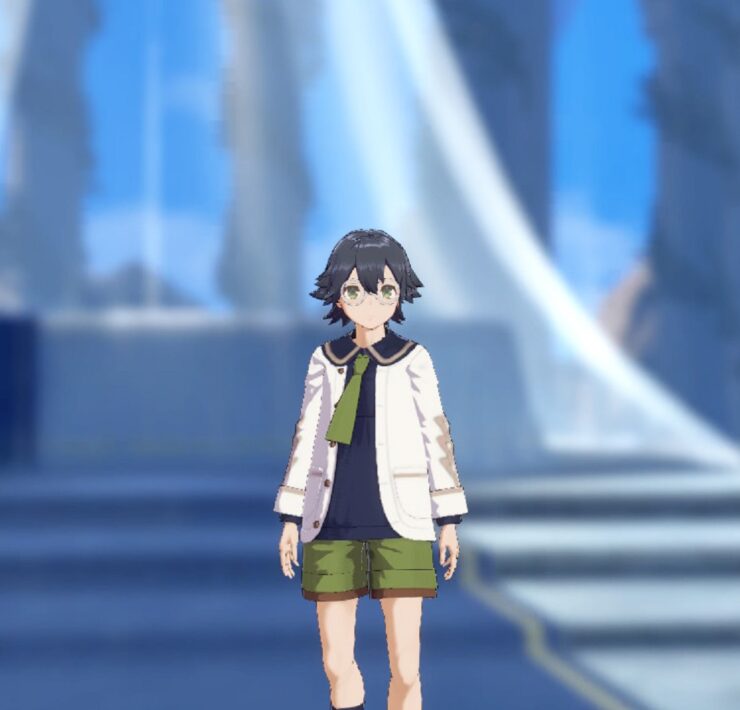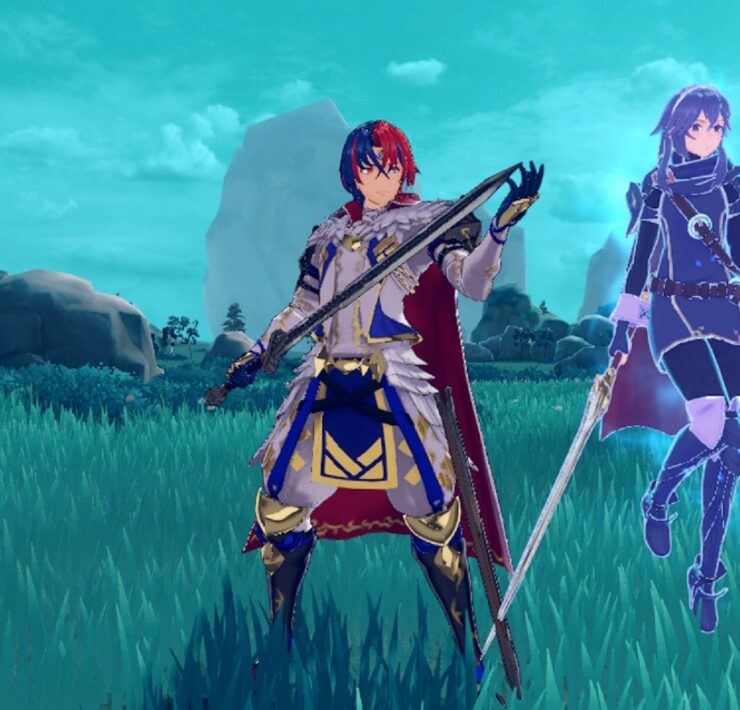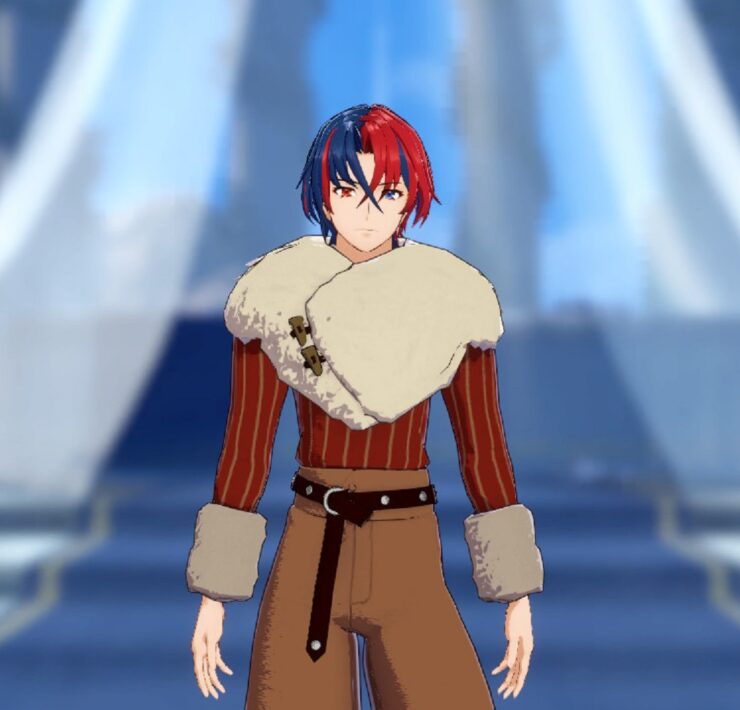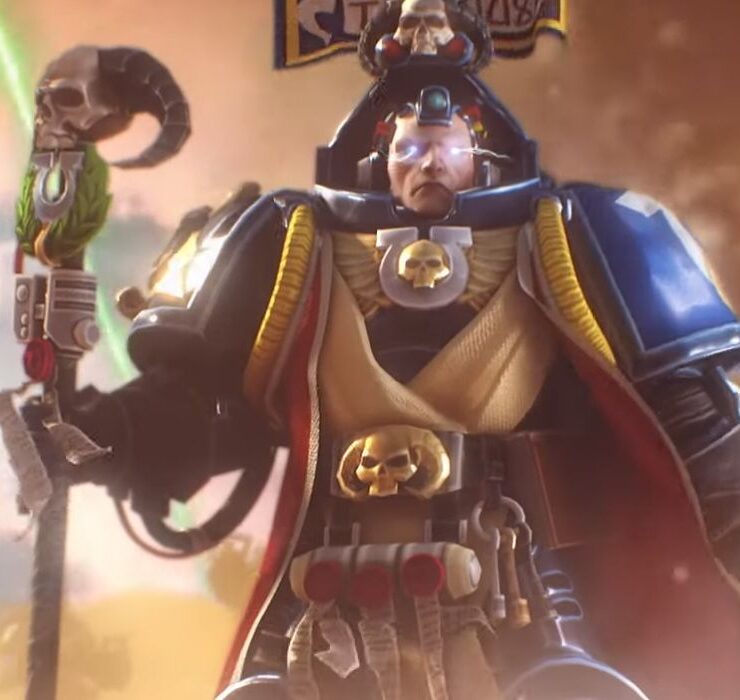Metroid vs Castlevania: Who Wears It Better? The Metroidvania Battle

The two brands that have defined the Metroidvania genre: Metroid and Castlevania. These two behemoths have transformed the action platformer genre in such a way that journalists and fans dubbed this specific type of action platformer, with progressive powerups and a non-linear approach, as the Metroidvania genre.
However, which of these two does the genre better? Which one is more responsible for the influences we see today in the likes of Hollow Knight, Guacamelee, and Axiom Verge among others? These questions and many more force us to ask: Who wears the Metroidvania dress better: Metroid or Castlevania? Let’s dive into our time machines and progress our ways to the present to figure this one out!
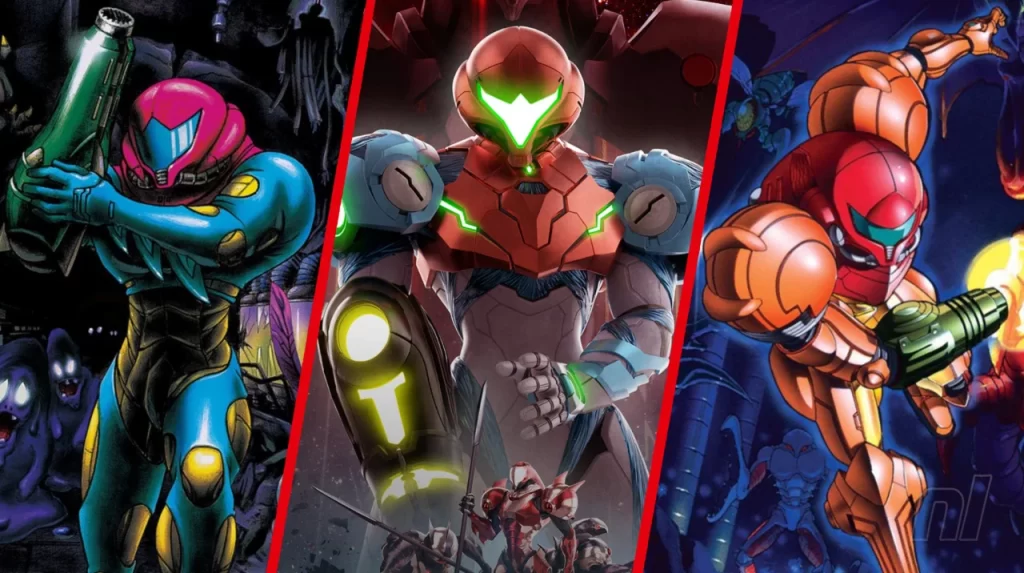
Metroid
We start things off with the brand that technically started it all: Metroid. The first title in the series launched on the Nintendo Entertainment System in 1986, and it was a massive success. Samus, who was and still is often mistaken as “Metroid”, led us down branching paths in a massive world that was unlike anything else in video games at the time. Although the first game is riddled with glitches and means of bypassing major parts to have a speedrun record of 9m12s, playing the game normally takes between 7-13 hours, depending on the player.
This non-linear, progressive system was slightly abandoned when Metroid II: Return of Samus launched on the Game Boy in 1991. Considering the Game Boy’s limitations, Nintendo went a more linear route, but this second title debuted some major staples in the series like Samus’s round-shouldered Varia Suit, Space Jump, Spazer Beam, and Spider Ball, making it an incredibly important entry for both gameplay and story development.
However, the real meat and potatoes was the third entry: Super Metroid. This classic from 1994 is what many consider “The Mother” of the Metroidvania genre, as it took everything great from the first two games and did something even better overall. Super Metroid‘s giant, non-linear map is one of the most praised in the Metroidvania genre, and someone like Gunpei Yokoi, who was involved with the previous two entries, wanted Super Metroid to be a true action game that brought back Samus in style with darker and more haunting elements than ever before.

Super Metroid defined the Metroidvania genre before their was even a “vania” part of the equation. This entry is still loved and honored today by fans thanks to its fantastic art design, brilliant soundtrack, sequence breaking, and beyond memorable boss encounters. To this day, it has some of the most iconic moments in video game history, particularly the opening and closing escape sequences and the spoilerific final boss encounter.
From Super Metroid, the 2D side of the series continued with Metroid Fusion on the Game Boy Advance in 2002. Fusion is an awesome title itself, but fans were a little disappointed by its much more linear gameplay. Metroid Prime, the first 3D entry in the series, debuted in the same year, and it got a lot more press attention due to its stunning graphics at the time and excellent use of Metroidvania practices in a 3D setting. The Metroid Prime series currently boasts three titles with a fourth one on the way, but the 2D series laid dormant until 2021.
Metroid Dread returned the series to form last year, and it was even heralded as our Game of the Year 2021. It is currently the best-selling Metroid title in the series, which is incredibly encouraging considering many fans thought the series was done for. It reminded us why we love the Metroidvania genre, and it cemented itself as one of the best games in the series thanks to its phenomenal boss fights, return to sequence-breaking, and closing out a storyline that started in 1986.
The Metroid series has suffered a bit in its history from low sales and a lack of consistent entries, but it prides itself in two major areas: top-quality main entry games and birthing the Metroidvania genre. So how does Castlevania compare to that?
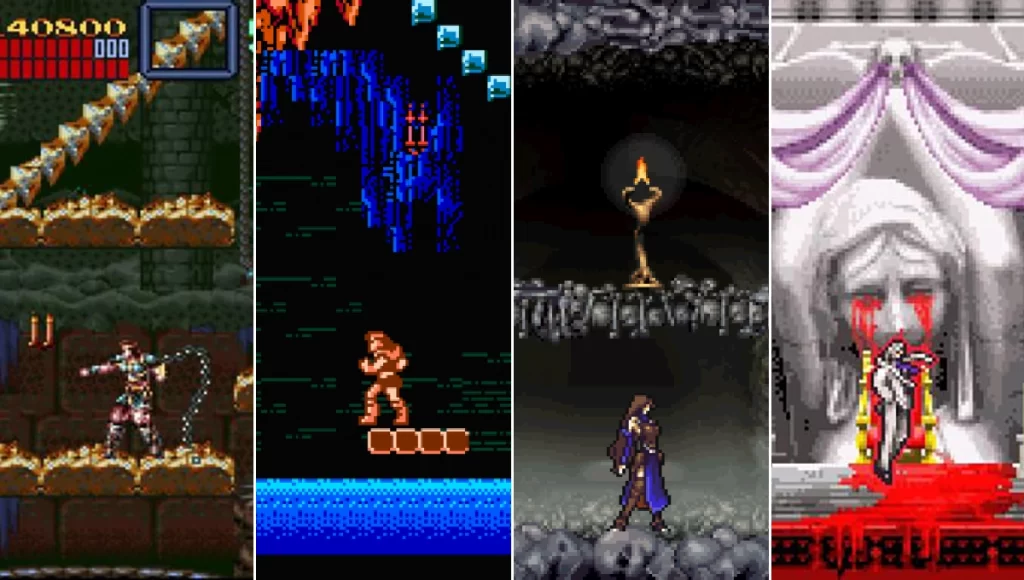
Castlevania
The Castlevania series begins the same year as the Metroid series, but it would take more than 10 years before the series would help define the Metroidvania genre. Konami found major success with the series early, and they consistently pumped out Castlevania titles on the NES, arcades, and the SNES for many years. There were eleven releases between 1986 and 1995, but these were all standard action platformers with stages and no non-linear mapping system. However, they introduced the very important dark and vampiric themes and elements that Castlevania is known for.
That non-linear mapping system wouldn’t be introduced to the series until 1997’s Castlevania: Symphony of the Night. If Super Metroid is the mother of Metroidvania, Symphony of the Night is absolutely the father. Symphony of the Night is one of the best Metroidvania titles ever to release, and it has been an extreme influence on numerous titles that released afterwards, especially on the indie market. Japan, particularly, still has a fascination with this particular Castlevania game, and many developers continue to copy elements of Symphony of the Night for their indie games to this day.
Surprisingly, Symphony of the Night did not garner nearly the amount of sales Super Metroid did, but that may have a lot to do with how Konami changed course with the gameplay. So although Symphony of the Night did not rake in big sales, it is still the highest-rated game by critics in Konami’s catalog, which only encouraged them to continue down this path and trust in their ability to create critically-acclaimed games in a genre they clearly had a knack for.
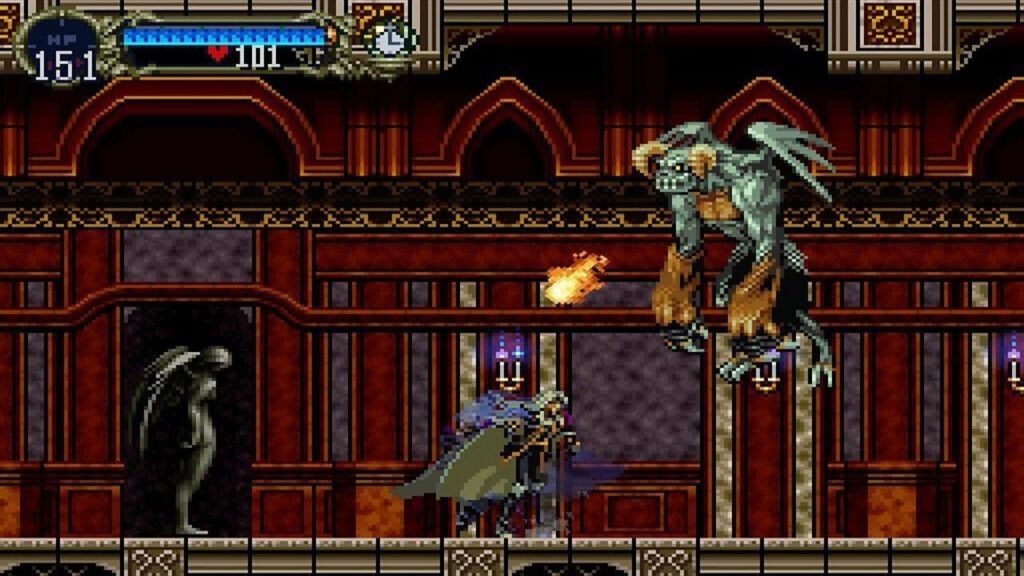
After Symphony of the Night, two N64 titles launched, and they did try to bring the series into 3D gameplay. Unfortunately, these games did now do well both critically and sales-wise, so Konami knew they needed to step back to the Symphony of the Night formula. Out comes Circle of the Moon on the Game Boy Advance, one year before Metroid Fusion released, and this was yet another amazing Metroidvania title in the Castlevania series. It didn’t quite meet the sales numbers of Symphony of the Night, but it did remind Konami how important it is to create quality experiences that fans expect.
Circle of the Moon helped bring us a slew of great Castlevania games, including Harmony of Dissonance and Aria of Sorrow on the GBA and Dawn of Sorrow, Portrait of Ruin, and Order of Ecclesia on the Nintendo DS. To put it plainly, Castlevania was the Metroidvania genre between 1997 to 2008, and it seemed like the series was bound for bigger and greater things moving forward. Unfortunately, the Lords of Shadow branch of Castlevania games returned to a more action-focused route instead of the Metroidvania path Konami was dominating. Because of this and other reasons, Castlevania sales numbers dwindled.
After the Lords of Shadow games, Konami basically abandoned the franchise, and the only “game” they developed with Castlevania in its title since 2014 was a pachinko machine in Japan. Thankfully, Castlevania did receive a major revival due to the brilliant anime series that debuted on Netflix back in 2017, and the third season just wrapped up last year with a major indication that another story is coming.
The Castlevania series has had a weird history due mostly to Konami and not knowing exactly what to do with it. Despite that, Konami did pump out seven top-tier Metroidvania games for the series starting with Symphony of the Night and closing with Order of Ecclesia.
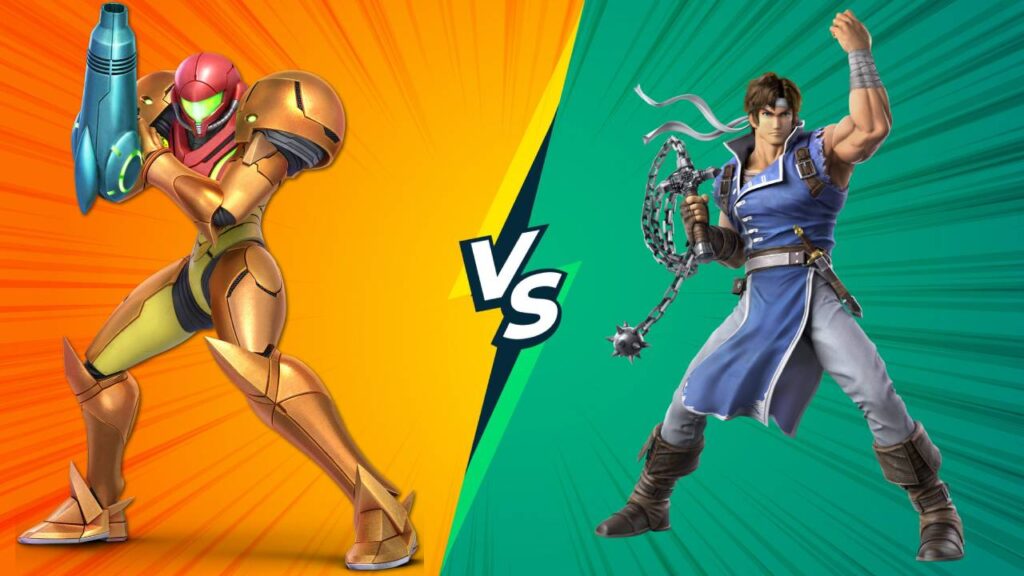
Verdict
Looking back, this is an extremely difficult competition to assess. Metroid birthed the Metroidvania genre right from the beginning, and it continues to do so to this very day. Unfortunately, though, only five titles in the 2D mainline series released, which has left a lot of fans thirsty. Castlevania took what Super Metroid created and did things its own way with Symphony of the Night. For a solid 10 years, Castlevania led the genre with seven releases between 1997 and 2008 compared to Metroid releasing Fusion, Zero Mission (A remake of the original), and the Prime series.
Metroid benefits strongly from being the first and continuing to provide Metroidvania experiences with each of its main titles in both the mainline series and the Metroid Prime series, while Castlevania didn’t find its niche in the genre until 1997 and then abandoning it completely in 2008.
When it comes to brass tax, both series have treated us to some of the best games in the genre. They have given us endless amounts of indie games that have taken influence from both, and all of the titles mentioned today still represent the genre perfectly. However, at the end of the day, we have to choose one winner, and that happens to be Metroid.
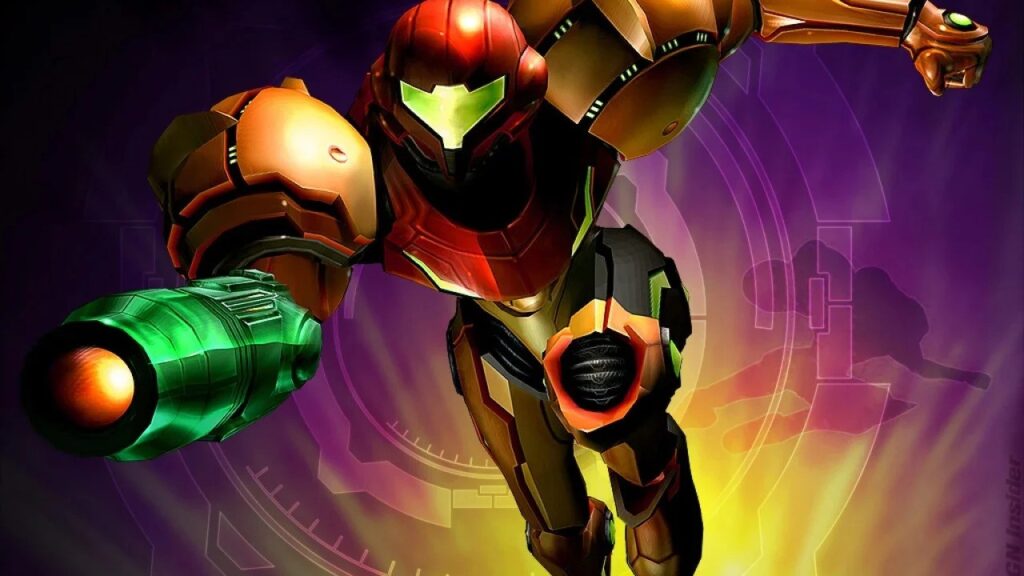
The reason is that we are still riding on the wave created by Metroid Dread, and with Metroid Prime 4 on the horizon, it is no better time to be a Metroid fan. So although Castlevania has seven brilliant games in the Metroidvania genre, Metroid edges out thanks to it still being relevant to both the gaming world and the genre it helped create. Had I looked into this 10 or even 5 years ago, I would absolutely have said Castlevania, but the sad reality is that one franchise is currently thriving while the other is going nowhere (Well, outside the anime).
When it comes to the two series as a whole, though, I stand by Metroid being the mother and Castlevania being the father of Metroidvania. Without the two, there would be no genre, and we will forever be thankful to Nintendo and Konami for experimenting with the genre and giving us what we have today.
Thank you for stopping by Nintendo Link for this fun Versus Series article! What do you think of this Metroidvania battle between Metroid and Castlevania? Did you find it insightful? Do you agree with it? Let us know in the comments below! Happy gaming, everyone.
What's Your Reaction?
My name is Jason Capp. I am a husband, father, son, and brother, and I am a gamer, a writer, and a wannabe pro wrestler. It is hard to erase the smile on this simple man.




